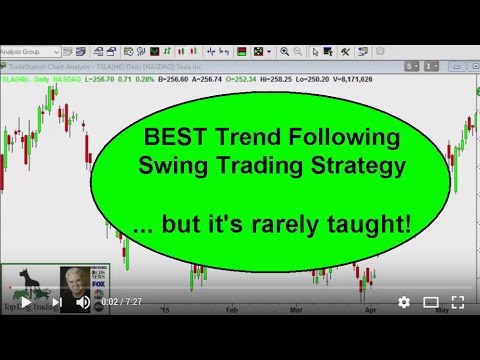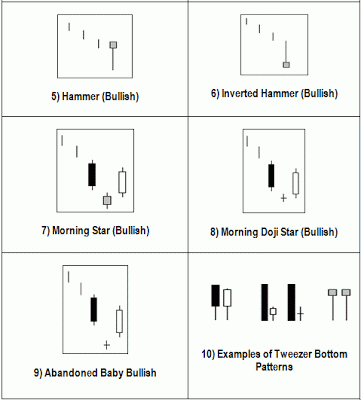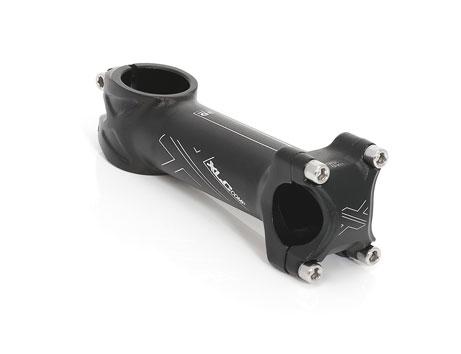
Two EMAs are used for the MACD calculation that includes two moving average lines the fast and slow. Subsequently, the long moving average is subtracted from the short one, and then the difference is flattened using a simple moving average. As a result, technical traders see only two curves – the MACD line and a signal line. The difference between the two serves as the basis for trading signals. This time, we are going to match crossovers of the moving average convergence divergence formula and when the TRIX indicator crosses the zero level.

Various charts from M1 to H1 can be used for intraday trading. We’ve covered H1 and similar timeframes above, so now we will consider the scalping settings. For the S&P 500 index, the most profitable strategy is to trade at the crossing while taking into account the position of the histogram. Buy and hold the position after the fast MACD line is crossed from the bottom up and the MACD histogram moves into the positive zone. Sell after the curve of the signal line is crossed from the top down and the MACD histogram moves into the negative zone.
How do you use a MACD indicator in intraday trading for more profit?
Your higher timeframe can be anywhere between a factor of 4 – 6 of your entry timeframe. I had trouble explaining to traders what strong momentum is. This means the MACD crossover will give many false signals that lead to “death by a thousand cuts”.
Today I will tell you how to use MACD, how is MACD calculated and interpreted, and what sort of signals it gives. You will also learn how to set up and use the MACD technical indicator. We will look at examples of real trading on Forex, stock and metals markets. Now, let’s look at the best MACD settings for intraday trading. While the standard MACD settings of 12, 26, and 9 work well for longer-term trading, they may not be the best for intraday trading.
For example, by using the sliders I indicated the range of values to filter the quotes of securities. In the lower window, the service showed a selection of stocks matching the parameters. Type in “MACD” in the search box and tick the boxes that appear.
MACD Moving Average Crossovers
Notice how the MACD stock indicator stayed above the zero line during the entire rally from the low 6000 range all the way above 11,600. On the flip side, you may want to consider increasing the trigger line period, so you can monitor longer-term trends. Next up is the red line in the chart, is most commonly referred to as the trigger line.

By registering with us, you will gain amazing insights into common issues traders face as well as how to instantly improve your trading approach. Our team of experts will be with you every step of the way on your journey to becoming a better trader. The best depends on your preferred trading style and which one you’re comfortable using. One of the drawbacks of this strategy, though, is that it tends to produce fewer signals. That’s because the readings it produces are extreme due to the fact that they are focused on spurts in volume and prices. If prices change rapidly, the histogram bars grow longer as the speed of the price movement—its momentum—accelerates and shrinks as price movement decelerates.
Divergences
We enter the market on the first positive bar of the MACD histogram (blue line). You may have noticed another alert of the MACD indicator that I mentioned — a noticeable divergence of the two moving averages. It indicates an overbought zone and possible trend reversal. In the blue circle, we see the fast red curve crossing the slower line of purple color upwards. Immediately after this, the MACD histogram moves to the positive area. The presence of both signals of the strategy allows us to open a long position at the close of the candle (blue line).
- You can use the moving average as a validation tool for the price action in conjunction with the MACD indicator.
- MACD is among the standard tools of MetaTrader 4 and MetaTrader 5, and the set up is done in just a few clicks.
- It is now used to estimate and forecast price action fluctuations.
- This can cause you to enter a long position later than you might have been able to.
The blue oval marks the area in the chart where the red fast MACD line crosses the slow one from the bottom up. Open the position the moment the MACD histogram moves into the positive zone (blue line). The red line marks the stop loss located just below the nearest low. Let’s try to identify long-term strong trends in the daily EURUSD chart. Inside the blue area, there is positive growth of the MACD histogram. Therefore, all these days you should give priority to long positions.
Stochastic Oscillator: Guide for Using Indicator & Best Settings
Remember, the lines are exponential moving averages and thus will have a greater reaction to the most recent price movement, unlike the simple moving average (SMA). To understand better how to interpreter the situations when MACD line crosses the signal line in either ways we will use the BTCUSD as an example. Let us consider the trading signals similar to an early sign of a bullish reversal. In the area marked with a blue circle, the intersection of the fast and slow lines is clearly observed. At that moment, the price action has already started falling in the chart.
Let me share with you 2 common mistakes traders make when using the MACD indicator. The MACD is just like any other indicators — it’s NOT meant to be traded in isolation. Trading futures and options involves macd setting for intraday substantial risk of loss and is not suitable for all investors. Past performance is not necessarily indicative of future results. The risk of loss in trading commodity interests can be substantial.
Use MACD as a trend filter when finding trades
You should therefore carefully consider whether such trading is suitable for you in light of your financial condition. The high degree of leverage that is often obtainable in commodity interest trading can work against you as well as for you. The use of leverage can lead to large losses as well as gains.
The 5-Minute Trading Strategy – Investopedia
The 5-Minute Trading Strategy.
Posted: Sat, 25 Mar 2017 09:49:08 GMT [source]
We’ll use our zero-cross image as an example of trading the zero-cross. As trading proceeds, you observe the MACD initially crossed the zero line from below, then crossed again from above. A trader might notice the histogram bars moving down with the MACD, indicating a possible reversal and opportunity for a short trade. A crossover occurs when the signal and MACD line cross each other. The MACD generates a bullish signal when it moves above its own nine-day EMA and sends a sell signal (bearish) when it moves below its nine-day EMA.
The Oscillator of Moving Average (OsMA Indicator)
You can see another bullish reversal scenario in the S&P 500 weekly charts. It is preceded by the crossing of the moving average lines in the negative zone (blue circle). While both indicators are used to identify overbought and oversold conditions in the market, they differ in their approach and calculation. The money flow index allows traders to use price and trading volume to identify and determine when assets are overbought or oversold in the market. This oscillator moves between 0 and 100 where readings below 20 are oversold and 80 are considered overbought. Essentially, it calculates the difference between an instrument’s 26-day and 12-day exponential moving averages (EMA).
MACD can be used as a filter (additional confirmation) for other indicators. You can also filter signals by analyzing the chart on different timeframes. For example, if you choose a daily chart in which the MACD histogram grows in the positive zone, then on smaller timeframes, you should only open long positions. This approach will help reduce the percentage of positive false signals. The red circle marks the sell signals and the beginning of a bearish reversal. The fast MACD line crosses the signal curve from top to bottom.
There are various strategies for trading MACD, but it’s best to find one that works for you and your trading plan. The zero-cross strategy could be used again to take a long position when the MACD crosses the zero line from below. At the point circled in our image, prices have been rising and momentum is up. The chart shows how the price movement slowed down after a strong downtrend, reversed and then went down again, hitting a fresh low. At the same time, MACD also shows a local minimum, but it is higher than the previous one.
MACD is definitely a popular trading strategy, especially for day traders. So long as you follow the parameters properly, you should do just fine. Aside from that, you might want to try combining MACD with other indicators to get better confirmation signals. One notable example of this method is the MACD and Moving Average combo strategy.
]]>